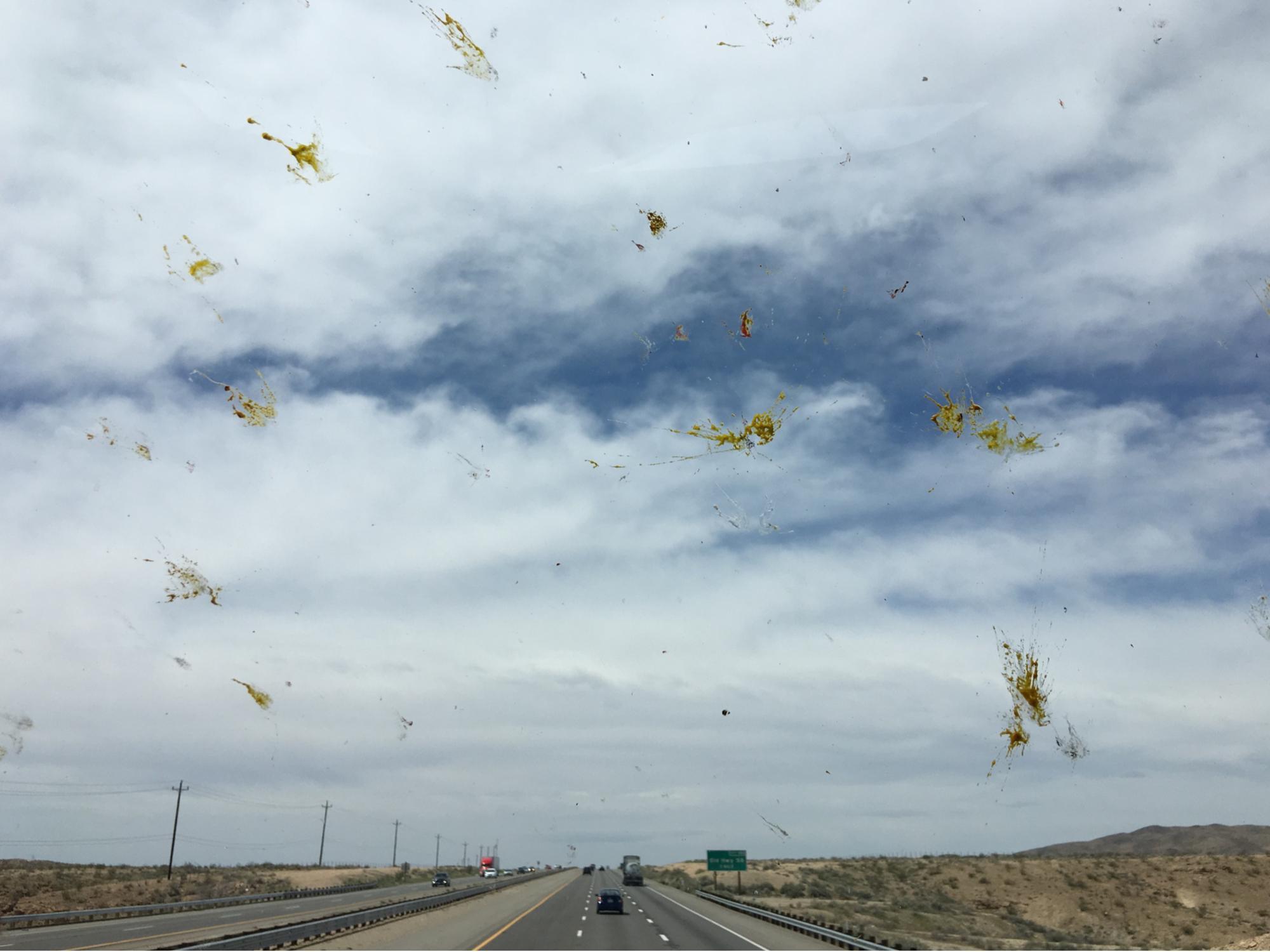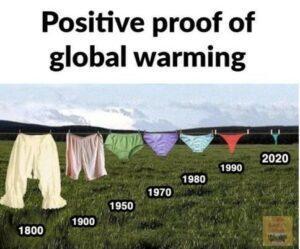
30 Apr The Bees and the Birds
“Rachel Carson published ‘Silent Spring’ in 1962. Sixty years later, damage from declining species’ populations, and most visibly bees and birds, has greatly accelerated.” – The Lonely Realist
TLR wrote on the subject of Silent Spring in May 2019. Three years later, Rachel Carson’s message was forcefully driven home by a drive TLR recently took from Florida to New York. There was no need for stops to clean insect remains off the windshield. Not even once or twice as had been an inconvenience in 2019 … and a significant burden 20 years earlier. There simply weren’t enough insects. The almost complete absence of insect activity was jarring. TLR has spent several decades driving America, from north-to-south and coast-to-coast, and the one constant has been insects. Lots and lots of insects. And lots and lots of windshields to clean. Especially in the Spring. Especially in agricultural and forested regions like Georgia, South Carolina, North Carolina and Virginia. But not in 2022. Although there is no love lost between TLR and mosquitos, flies or wasps, the fact that they’re an essential part of nature’s balancing act has not escaped TLR’s notice. It was impossible not to recognize that the insect population had radically changed …, even over only the prior three years.
While TLR was in New York, TLR did some hiking. The forests were quieter, quieter than he could ever remember. That was because there were fewer birds. Noticeably fewer birds with markedly less birdsong. It therefore was impossible not to also recognize the radical change in the bird population in only three years. Fewer insects means fewer birds. It took awhile for TLR to make the connection …, but there is an obvious one. There are fewer birds because insects are birds’ principal food source. Without an adequate insect population, the bird population can’t survive. It will fade away, gradually … then suddenly. Reduced insect and bird populations are realities. The impact of fewer insects and fewer birds is now spiraling through the food chain.
Is this due to climate change or is it a cause of climate change … or does it matter which?
The media are filled with stories about climate change. There are many skeptics and any number of climate change deniers. Nevertheless, global temperatures indeed have increased. Arctic and Antarctic ice are melting. Storms have become more severe. Sea levels are rising. Global species are disappearing. We’ve all read about the devastation to bee populations and its effect on pollination and honey production. Sure. But what do these things mean? How do they affect our lives and our children’s lives? How is any of this impacting individually on us? And how will it impact over the next several years?
It is impacting … and the changes have now become more than merely apparent … even to TLR.
Last June, the U.S. Fish and Wildlife Service released the Birds of Conservation Concern Report for 2021. It’s an eye-opener. Among other things, it concludes that North American bird populations have decreased by 70% since 1973 and worldwide seabird populations have decreased by 70% since 1950. That’s 70%! And the starting point for that huge decrease was midway through the 20th Century …, well after the substantial majority of bird populations in North America had been decimated by hunting and feather-harvesting. (For those who support bird conservation, TLR highly recommends Save the Seabirds (at https://www.saveourseabirds.org/): “So many birds have vanished from our forests, grasslands and backyards in less than the span of a human lifetime.”)
What’s to be done? Is America to follow the Winston Churchillism of “Americans doing the right thing only after they have exhausted all other possibilities”? Has America even explored the possibilities? And what is the right thing? When will it become apparent to a sufficient number of Americans that because insects and birds are disappearing at a too-rapid-rate, steps at preservation are necessary? (TLR again recommends Save the Seabirds (at https://www.saveourseabirds.org/).)
A sad fact is that the rapidity of decline is only now becoming obvious to many of us.
There are any number of theories about the causes of environmental degradation and species extinction. Unfortunately, there is no clear causal answer because there has been insufficient time for the development of the necessary scientific data. Without that data, there can be no clarity on the timing of a tipping point for the extinction of any one or more species or the destruction of any one or more … or all … environments. How much time is there? Some scientists draw comfort by arguing that the eradication of species that at one time were perceived as threats to human survival enhanced, rather than damaged, the quality of human life. Humans killed off Mastodons and Saber-Tooth Tigers. The fact that they no longer are a threat is a good thing. However, the population of whales is a small fraction of what it was before humans perceived a need for whale blubber (for energy) and whale meat. Elephants, rhinos and giraffes are now endangered … and they are neither food sources nor threats. Populations of predators that impinge on expanding human communities all are under siege with the threat of extinction. Homo sapiens has eliminated competitors both large and small. Wild foods of all kinds have been domesticated or over-hunted, over-caught or over-harvested. “Farm-raised” is now the predominant – and in most cases the only – form of fish, meat and fowl creation in America. We humans have refashioned the planet to make it feel safer, to make it seem better for human life. But is it? Our metric has been a short-term one. If we’ve perceived that something is in our way, it has been exterminated. We have destroyed the habitats of species that limited our expanding populations. We have eliminated those species that we perceived as threats to human lives. We have domesticated those species that we believe provide the optimal food sources without considering possible consequences. Where do insects and birds fit into this equation? Or are they merely collateral damage without consequence? They are the most-recent victims of human progress. Their accelerated decline, however, suggests that we may well be nearing a tipping point. Collateral damage indeed!
TLR Index
An index of TLR titles can be found here.
Finally (from good friends)
TEACHING MATH OVER THE YEARS:
Teaching Math in the 1950s – A logger sells a truckload of lumber for $100. His cost of production is 4/5 of the sales price. What is his profit?
Teaching Math in the 1970s – A logger sells a truckload of lumber for $100. His cost of production is 4/5 of the sales price or $80. What is his profit?
Teaching Math in the 1990s – A logger sells a truckload of lumber for $100. His cost of production is $80. Did he make a profit? Yes or no?
Teaching Math in the 2000s – A logger sells a truckload of lumber for $100. His cost of production is $80 and his profit is $20. Underline the $20.
Teaching Math in the 2020s – A logger cuts down a forest in violation of environmental, social and governance standards, caring nothing about sustainability or animal inhabitants. In doing so, his profit is $20. What do you think of the logger’s way of making a living? How did the birds and squirrels feel as their homes were cut down?




No Comments